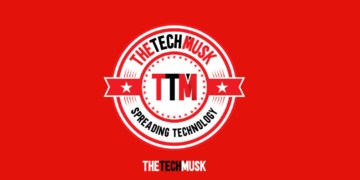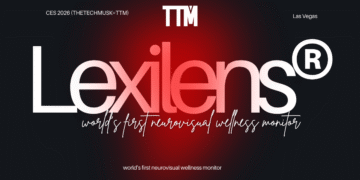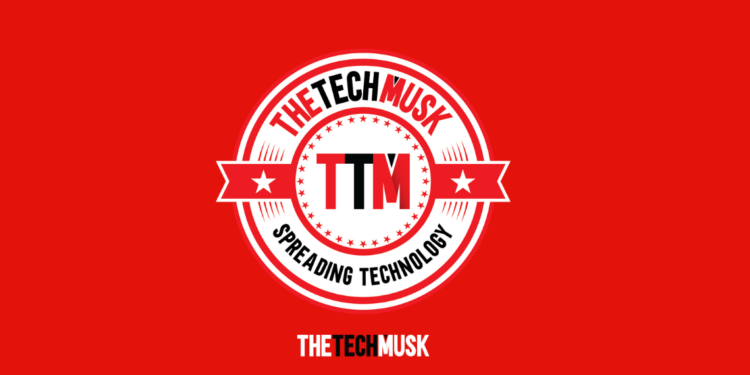Businesses nowadays strive to have an effective online presence. As a result, there is a greater need for a strong web development framework with excellent features catering to the needs of every client.
Angular is a recognized web development framework. It provides an enhanced user experience as well as quick response and code maintainability. It is unquestionably the fourth most popular front-end web framework.
Google developed this tool in 2009 to assist with web development. It is a well-known JavaScript framework that aims to make front-end development more accessible and easier.
To fully utilize this software, we must first understand its fundamentals. We’ll go over Angular Development in detail, so let’s get started.
Getting started with Angular in brief

Angular is a TypeScript-based programming framework. It is a Google-created open-source front-end framework. It is used to create a variety of online applications with capabilities such as templating, two-way binding, and modularization, as well as interactive single-page apps (SPAs).
The programming language it employs, JavaScript-based TypeScript, enables lighter and quicker app execution while also assisting in the elimination of unnecessary code. The use of Angular eliminates the need for third-party libraries when developing dynamic apps.
You can hire angular developers and leverage essential features of the Angular framework desirably and successfully. Numerous companies are providing Angular development.
Before opting for any angular development service, you must be thorough with what these essential features are that set the Angular framework apart from the crowd. Also, we will discuss the component libraries as you scroll down.
Listed below are the most essential features of the Angular framework and how they contribute to Angular’s success as a JavaScript framework.

- Modules
Angular apps, in general, employ a modular architecture. This is because they allow you to partition your code into distinct files, which allows you to keep your code short and reasonable. Modules are highly encouraged, even though they are not essential.
- Directives
The structure and behavior of Angular apps are defined via directives. They are JavaScript classes with metadata that offer the majority of UI functionality to angular applications.
- Data binding
Data-binding, being one of the best features of Angular, is a built-in feature that it provides to link data from a component with the display on a web page.
- Dependency injection
When the code is begun, the dependent component is available for use within the code. Dependency injection refers to the process of introducing dependencies on other components.
- Services
Services are singleton classes that provide functionality for a web page without regard to context or state. Angular comes with a plethora of built-in service components for basic usage, like HTTP requests, logging, and animation.
What is a component library?

A component library is a collection of pre-built web components or system components that have been pre-programmed.
Engineers may include the components directly into their mobile or web apps, thereby eliminating the need to recode anything. If you’re working on a huge product with a large team, a component library will allow you to handle several versions.
Several UI component frameworks have customization features that allow the developers to be innovative and come up with new components.
What are the best Angular component libraries?

- Angular material
- UI Bootstrap
- Semantic
- Kendo UI
- NGX-bootstrap
- Covalent UI
- Onsen UI
- Prime NG
- Vaadin components
- NG-Bootstrap
Let us shed some light on these libraries in detail!
- Angular Material
The official component library that corresponds to Google’s Material Design principles is Angular Material components (formerly known as Material2). It is constructed using the Typescript and Angular frameworks.
This solution allows any programmer to design bespoke components that employ well-known interaction styles. Angular Material is one of the most popular libraries for building web apps and web services using the programming language and can be easily integrated via the command line.
It helps to ensure that the user experience is consistent and seamless across several devices and operating systems, including Mac, Windows, Android, Apple, and Chrome OS.
- UI Bootstrap
Bootstrap is a well-known UI component library that uses Bootstrap. It has several dependencies, including Bootstrap CSS, Angular-touch, and Angular-animate. It provides considerable support for Angular-based quick web development.
The best part is that it eliminates the requirement for jQuery or Bootstrap JavaScript. AngularJS is the most popular library among developers because it supports many Bootstrap features and provides a high level of testing coverage.
The JS supports Bootstrap plugins like Model, tooltip, and so on, however it is not yet ready for usage. You may easily combine Bootstrap with AngularJS as these plugins will require jQuery, and angularJS and Bootstrap are incompatible.
- Semantic
The library’s main notion is that Angular and jQuery do not mix, according to its documentation. It offers Angular component versions of the Semantic Rich UI components and modules.
NG Semantic is a well-known framework that was created to aid Angular development companies. It uses interchangeable concepts. Semantic UI has over 3000 theme variables and options, as well as over 5000 commits and 50 UI components.
Semantic UI’s most notable capabilities might help your application be more succinct using HTML. With streamlined debugging features and easy Javascript possibilities for creating one-of-a-kind themes.
- Kendo UI
Kendo UI is a high-quality Angular UI component toolkit that will assist you in advancing your Angular project. It is one of the most professional methods of using Angular component libraries.
It includes outstanding features such as Native Angular UI, Angular localization, configurable themes, and an easy installation process. There are over 80 UI components available for theme creation, updates, and flexibility.
Some of the components are more oriented toward native Angular UI. There are several UI components for speed, performance, translation, and accessibility.
- NGX-Bootstrap
Valour is the firm behind the NGX bootstrap software, which is yet another popular Angular UI component package. It provides all of the necessary Bootstrap components, with Angular playing a significant role.
As a result, you may rely on markup and CSS in Bootstrap instead of adding native JS components. NG is one of the easiest ways to implement Bootstrap 3 or Bootstrap 4.
Built-in animation support and improved support for nested models, modal as a service, sortable component, and other sorts of drag and drop features distinguish NG from NGX bootstrap. In addition, the Angular developer community has granted it 5.1K stars on Github.
- Covalent UI
Teradata announced the Covalent UI UI library, which is an Angular-Material-based user interface framework. This framework includes solutions built on a comprehensive web framework and a tried-and-true design language.
The library is also accessible on GitHub, where it has received a high rating from the developer community. It also gives AngularJS developers a good start on designing a modern web application. The Angular Command-line Interface (CLI) is a command-line interface that allows developers to communicate with Angular-material-based platforms that help with application creation, deployment, and testing.
These advanced components include file uploading to the UI platform as well as user interface layout, a stepper, custom web components, expansion panels, and extra testing tools for both end-to-end and unit tests.
- Onsen UI
Onsen UI is an open-source collection of user interface components for creating HTML5 hybrid mobile apps. The majority of this also works with both the Android and iOS platforms.
For a more native look, Onsen UI also includes ready-to-use UI components such as toolbars and forms. It is Angular developers find it really simple to set up and understand.
It supports Android and iOS development and provides ready-to-use UI components such as toolbars, forms, side menus, and dialogues for a more native appearance. It is really simple to set up and easy to learn and comes with its own built-in Paintbox editor so you can develop on the go.
- Prime NG
Prime NG is widely regarded as the most robust Angular UI component library. It has several UI components such as message alerts, file uploads, buttons, and configurable graphing tools. It’s ideal for creating touch-responsive mobile apps. Prime NG includes several themes as well as highly configurable native Angular application templates.
- Vaadin components
Vaadin is a great set of UI components for contemporary Java web projects. They provide browser-native performance and are compatible with any framework. Vaadin is ideal for dealing with big groups since it allows for efficient code exchange. To construct sophisticated online and mobile apps, use Vaadin’s UI components combined with the unique capabilities of polymer parts.
- NG-Bootstrap
In 2015, NG-bootstrap was introduced as a new UI, which eventually became one of the greatest Angular UI frameworks, named NG Bootstrap. These widgets are simple to use and require only Angular and Bootstrap expertise.
It does not rely on any third-party JS libraries. This library serves a vast community of development teams. It allows you to employ angular UI Bootstrap components, including a carousel, modal, popover, ToolTip, date picker, and typeahead.
However, due to a long time between improvements, its use has declined over time. There is a comparable UI under development called NGX-bootstrap, which has the same functionality as NG bootstrap.
Conclusion
We hope we have provided you with enough insight into angular development and its component libraries. Hire angular developers providing the best angular development services for your next project right now!
























